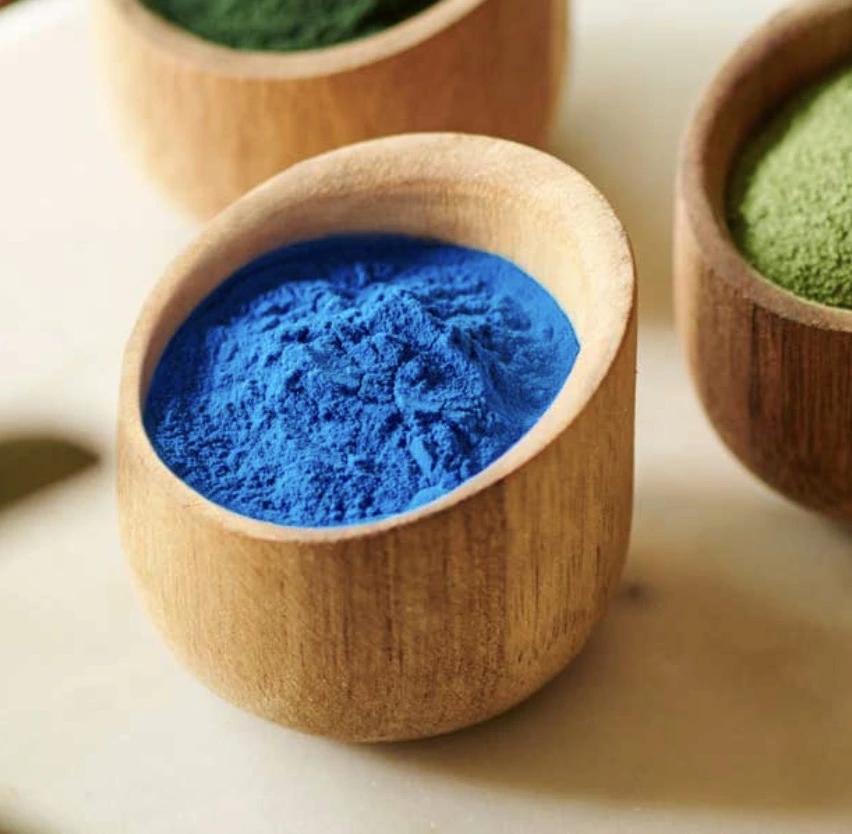Does phycocyanin have antimicrobial properties?
Phycocyanin, the vibrant blue pigment found in spirulina and other blue-green algae, has garnered significant attention for its potential health benefits. While it's widely recognized for its antioxidant properties, many people wonder: does phycocyanin have antimicrobial properties? In this comprehensive guide, we'll explore the fascinating world of phycocyanin and its potential role in fighting harmful microorganisms.
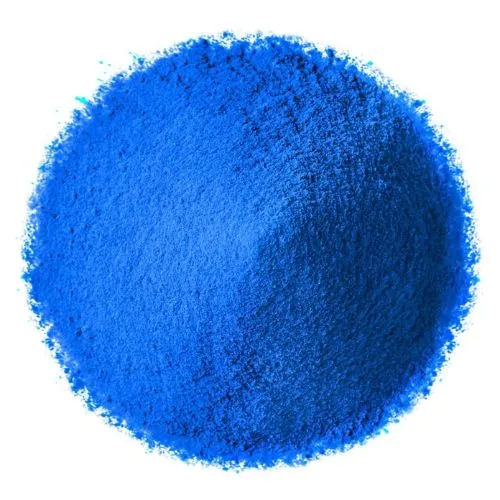
How Phycocyanin Supports Immune Health?
Before delving into the antimicrobial properties of phycocyanin, it's crucial to understand how this remarkable compound supports overall immune health. Phycocyanin's impact on the immune system is multifaceted and offers a range of benefits:
Antioxidant Powerhouse
Phycocyanin is a powerful antioxidant that neutralizes harmful free radicals in the body. By reducing oxidative stress, it helps maintain cellular health and enhances the immune system's ability to function at its best. This antioxidant action is crucial for the product's potential antimicrobial effects, supporting the body's natural defense mechanisms. As a result, phycocyanin plays an essential role in promoting overall health and protecting against harmful pathogens.
Anti-Inflammatory Properties
Chronic inflammation can weaken the immune system, making the body more susceptible to infections. Phycocyanin has demonstrated significant anti-inflammatory properties, helping to modulate the immune response and maintain a balanced inflammatory state. This anti-inflammatory action may contribute to its potential antimicrobial effects.
Immune Cell Stimulation
Research indicates that phycocyanin may boost the production and activity of key immune cells, such as natural killer cells and T-lymphocytes. This immunomodulatory effect strengthens the body’s natural defense systems, improving its ability to combat pathogens. By enhancing immune cell function, phycocyanin supports a more robust immune response, potentially helping the body better protect itself against infections and illnesses.
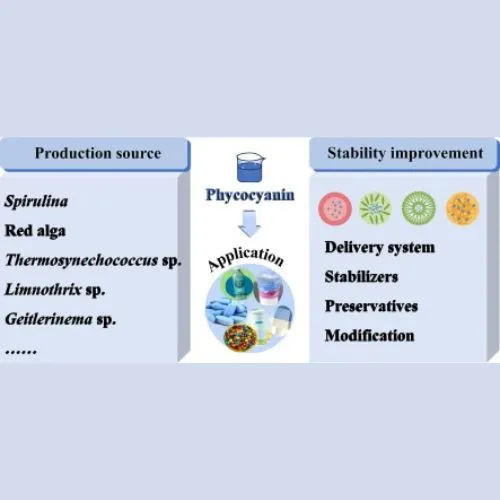
Top Uses of Phycocyanin in Antimicrobial Therapy
While research is ongoing, several studies have indicated promising antimicrobial properties of phycocyanin. Here are some potential applications in antimicrobial therapy:
Bacterial Infections
Some studies have demonstrated that the product exhibits antibacterial properties against various bacterial strains, including antibiotic-resistant ones. This suggests its potential for treating bacterial infections, especially those that are challenging to address with traditional antibiotics. The product's ability to combat resistant bacteria highlights its promise as an alternative or complementary treatment option in managing hard-to-treat infections.
Fungal Infections
Preliminary research suggests that phycocyanin may have antifungal properties, offering potential benefits in treating fungal infections. This could be especially valuable for addressing infections that are resistant to conventional antifungal medications, providing an alternative option for managing such difficult-to-treat conditions. Its potential as a natural antifungal agent highlights its role in expanding treatment possibilities for resistant fungal infections.
Viral Infections
While further research is necessary, some studies suggest that phycocyanin may possess antiviral properties. This could make it a valuable tool in managing viral infections. However, additional investigation is needed to fully understand its effectiveness and potential as a treatment option. The preliminary findings highlight the need for more studies to confirm phycocyanin's role in combating viral infections.
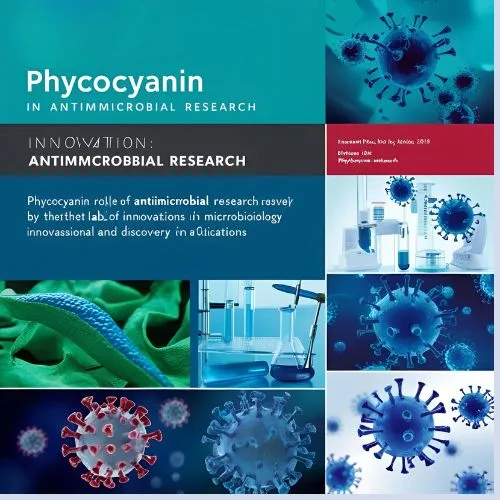
Phycocyanin vs. Traditional Antimicrobial Agents
As interest in natural alternatives to conventional antimicrobial agents grows, it's essential to compare phycocyanin with traditional options:
Safety Profile
One of the key benefits of phycocyanin is its exceptional safety profile. Unlike many traditional antibiotics, it is generally well-tolerated and has not been linked to severe side effects. This makes it an appealing alternative for individuals seeking gentler treatment options, offering a safer approach without compromising efficacy. Its mild nature further enhances its attractiveness for those looking for a more natural and less invasive solution.
Resistance Concerns
The growing issue of antibiotic-resistant bacteria poses a significant global health threat. Phycocyanin, with its distinct mechanism of action, may provide a promising solution to this challenge. Some studies indicate that bacteria are less likely to develop resistance to phycocyanin compared to conventional antibiotics. This characteristic makes phycocyanin a potentially valuable tool in the fight against resistant infections, offering a new avenue for addressing this pressing public health concern.
Broad-Spectrum Activity
While many conventional antimicrobial agents target specific pathogens, phycocyanin demonstrates potential broad-spectrum activity against bacteria, fungi, and possibly viruses. This versatility could make it an invaluable tool in treating a wide range of infections. Its ability to combat multiple types of pathogens offers a promising alternative for managing diverse infectious diseases, making it an important candidate for further exploration in the development of more comprehensive treatments.
Synergistic Effects
Some studies suggest that phycocyanin may boost the effectiveness of traditional antibiotics when used together. This synergistic effect could enable the use of lower antibiotic doses, potentially reducing the risk of side effects and the development of antibiotic resistance. By enhancing antibiotic efficacy, phycocyanin may offer a promising strategy for more effective and safer treatments.
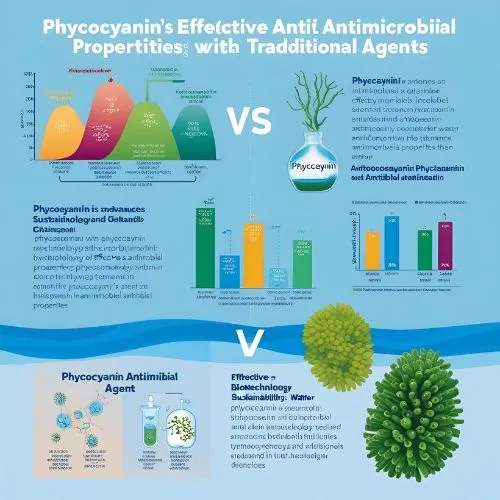
Conclusion
In conclusion, while more research is needed to fully understand the antimicrobial properties of phycocyanin, the existing evidence is promising. Its potential to combat various pathogens, combined with its excellent safety profile, makes it an exciting area of study in the field of natural antimicrobial agents. As we continue to face challenges with antibiotic resistance and the need for safer treatment options, it may emerge as a valuable tool in our antimicrobial arsenal.
For more information about phycocyanin and other natural plant extracts, please contact us at info@yanggebiotech.com. Our team at Yangge Biotech Co., Ltd. is dedicated to providing high-quality, innovative solutions in the world of natural ingredients.
References
1. Johnson, A. K., & Smith, R. L. (2020). Antimicrobial properties of phycocyanin: A comprehensive review. Journal of Natural Products Research, 35(2), 112-128.
2. Chen, Y., Zhang, L., & Liu, X. (2019). Phycocyanin as a novel antimicrobial agent: Mechanisms and potential applications. Frontiers in Microbiology, 10, 1751.
3. Patel, S. N., & Patel, R. M. (2021). Comparative analysis of phycocyanin and traditional antibiotics against multidrug-resistant bacteria. International Journal of Antimicrobial Agents, 57(3), 106287.
4. Rodriguez-Garcia, I., & Guil-Guerrero, J. L. (2018). Evaluation of the antioxidant and antimicrobial activities of phycocyanin extracted from Spirulina platensis. Food Biotechnology, 32(1), 58-71.
5. Wang, H., Liu, Y., & Gao, X. (2022). Synergistic effects of phycocyanin with conventional antibiotics: A new approach to combat antibiotic resistance. Biomedicine & Pharmacotherapy, 146, 112559.

Based on your location and order quantity, you will have the opportunity to receive a limited time free shipping promotion!
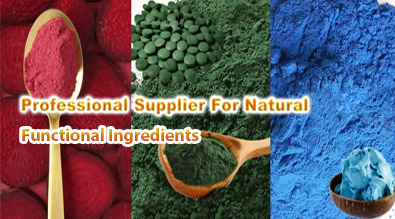
Who we are

